
English Instructional Plan – Determining Validity of Sources 6-8
- Subject:
- English
- Research
- Material Type:
- Lesson Plan
- Author:
- VDOE Project Team
- Date Added:
- 04/23/2022

English Instructional Plan – Determining Validity of Sources 6-8
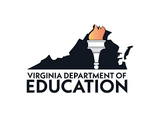
English Instructional Plan-Developing Fluency 6-8
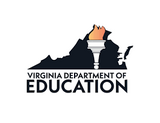
English Instructional Plan-Developing Objective Summaries 6
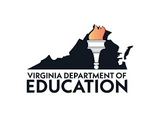
English Instructional Plan Developing Thesis Statements 6-8
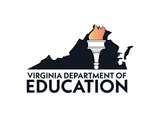
English Instructional Plan-Differentiate Between Formal and Informal Language
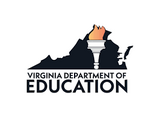
Student-Designed Themed Virtual Art Exhibition. Students will design a virtual exhibition based on a theme of concept and develop criteria for curating works to include in the exhibition.
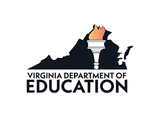
Multimedia Summative Portfolios. Students include both process and product documentation as well as reflections of learning. The portfolio could take the form of a website, slidedeck, interactive PDF and more.
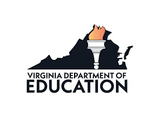
Algorithms Unplugged. The teacher can facilitate a paper weaving project where students create and follow a pattern while exploring and understanding the connections between coding, computing, and fiber-arts.
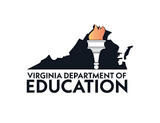
Art Critique with Digital White Boards. Student artists can use digital white board technology as a place to post images of their artwork for feedback from peers and teachers.
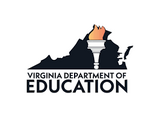
Ask the Artist. Facilitated by the teacher, students can collaborate on developing an online form to be shared alongside works of art being displayed.
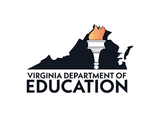
Using predetermined musical elements, either rhythmic or melodic, students compose a “music composition code” in small groups. Laying the individual lines of “musical composition code” on the ground, students add directional arrows to direct performers to the next line of “code” to create a larger musical composition.
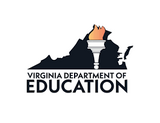
Collaborative Art Process Documentation. The teacher can facilitate a collaborative class project, or group project, where students work together over time to make a product like a mural, sculpture, public art, or installation.
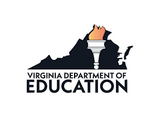
Students learn to add music note values, and create compositions in 4/4, common time. Using traditional music notation students may choose to compose for voice or drums. This ruler composition activity uses a familiar math visual to help students see the length or duration of musical notes. Final compositions can be emailed to the teacher for review.
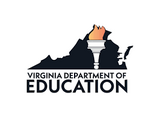
Exercise Creative Thinking with Digital Art Games. Interactive visual arts games like Tate Paint can allow students to explore digital tools for artmaking with a series of creative prompts to start with such as weather, food, natural world, and experiments.
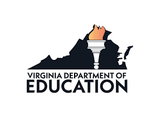
Digital Mood Board. Students can create a digital “mood board” of ideas and inspirations for personal works of art based on a common theme or idea.

Online chord looping stations and drum machines such as those found on One Motion allow students the opportunity to engage in music creation in a way that is accessible to them without a large theoretical music background. Students can use their intuition and their ears to create music in innovative ways online.
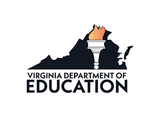
Global Art Collaboration. Facilitated by the teacher, students connect with classrooms in other parts of the world to collaborate on a digital work of art in a cloud-based digital art platform.
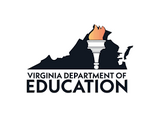
Students use a digital collaboration board to share their “wonderings” about the songs they are listening to in class. The teacher selects 3-4 songs from various cultures. Students add sticky notes to the collaboration board using appropriate music terminology, and share their musical preferences in a respectful manner. Students can have the ability to like or comment on each other’s posts and engage in meaningful conversations in small groups after sharing their wonderings digitally.
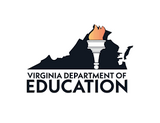
Collaborative boards allow students to share ideas and engage with each other via an online platform. When students are learning about the creative process of music creation and composition, students can use an online collaborative board to share lyrics and co-create a song together.
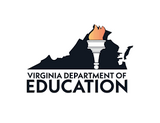
Students use digital research skills to Find Basic Information (F.B.I.) about a composer on websites such as Classic for Kids: Composer Explorer. Students learn about a specific composer, or composers from a specific geographic area, culture, genre, or time period. After gathering information, students write and produce a news program or podcast based on their research.